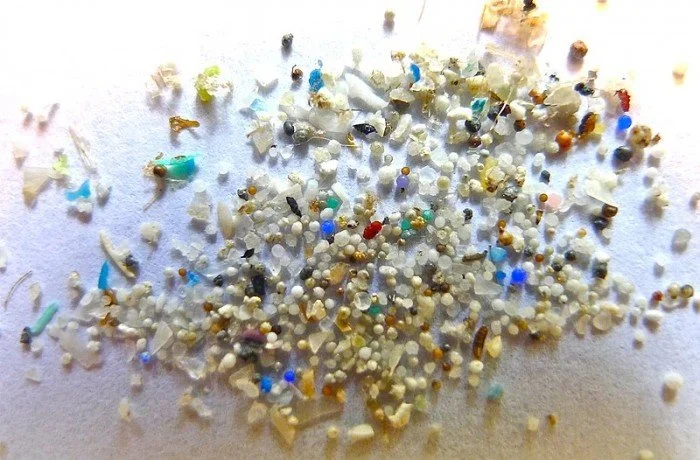“We believe that environmental factors, especially micro -plastic and dye particles, may have potentially related to the formation of thrombosis.” With the continuous expansion of industrial production scale and types, more and more artificial synthetic materials appear in human daily life. The degraded garbage fragments and micro plastic increased in the environment.
“Micro -plastic is becoming a new type of global pollutant. This is a plastic particles that are difficult to degrade in diameter only nano -level and micron levels. Food Chain. “Wu Di, the first author of this article and associate professor at Nanjing Medical University, in recent years, scientists have been exploring what impact of micro -plastic on human beings. Although research shows that the human body’s blood, placenta, etc. It was found that micro -plastic and related dye particles were found, but they still lacked direct evidence of their impact on human health.
The research team took more than a year, collected and analyzed 24 cases of human aortic clay thrombosis samples and 2 cases of human acute arterial embolism samples. A total of 87 particles were found. They include 1 low -density polyethylene, 22 dye particles, and the others are iron and metal oxides. The dye particles are mainly 铜 Copper and Horstaso green. The iron oxide is red, iron oxide yellow, red soil, and knitting iron ore. Other metal oxides include gold and redtite and chromium oxide. The particle size is within 2.1-26 microns, and the low-density polyethylene diameter is 5.1 microns. All particles are irregular forms.
How does micro -plastic and dye particles help the formation of thrombosis? The scientific research team found that the number of patients and dye particles for patients was highly related to platelet levels, and theoretical hypothesis was proposed accordingly. “We assume that there are small thrombus with particles such as microplastics as the core in the blood. These small thrombus continuously attracts other particles in the blood and continuously increase the thrombus. It will increase the chance of collision between small thrombus, platelets and particles, thereby accelerating the formation of thrombosis. “Xia Yankai said.
In recent years, studies have been found to have found micro -plastic in the human body. In 2021, the research team of Nanjing University published a related study in “Environmental Science and Technology”, and found that often drinking bottle water, eating take -out food, and the nature of work is exposed to dust. The rise may also exacerbate intestinal inflammation. In 2022, a research team led by the University of Amsterdam, the University of Amsterdam, in the “Environment International” article, confirming that the micro -plastic was found in human blood for the first time.
“This study also reminds us that we must strengthen the control and discharge monitoring of the environmental pollution control and emission of micro -plastic and dye particles.” In Xia Yankai’s view, the research is also the health risk assessment and health effect mechanism of microplastic and dye particles. Research and other work provides important clues and exploration directions.




GIPHY App Key not set. Please check settings